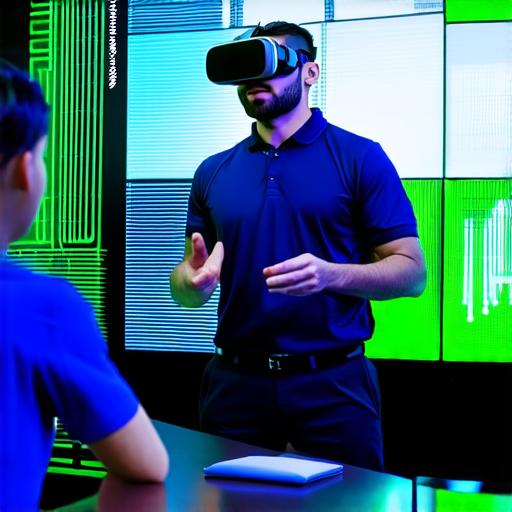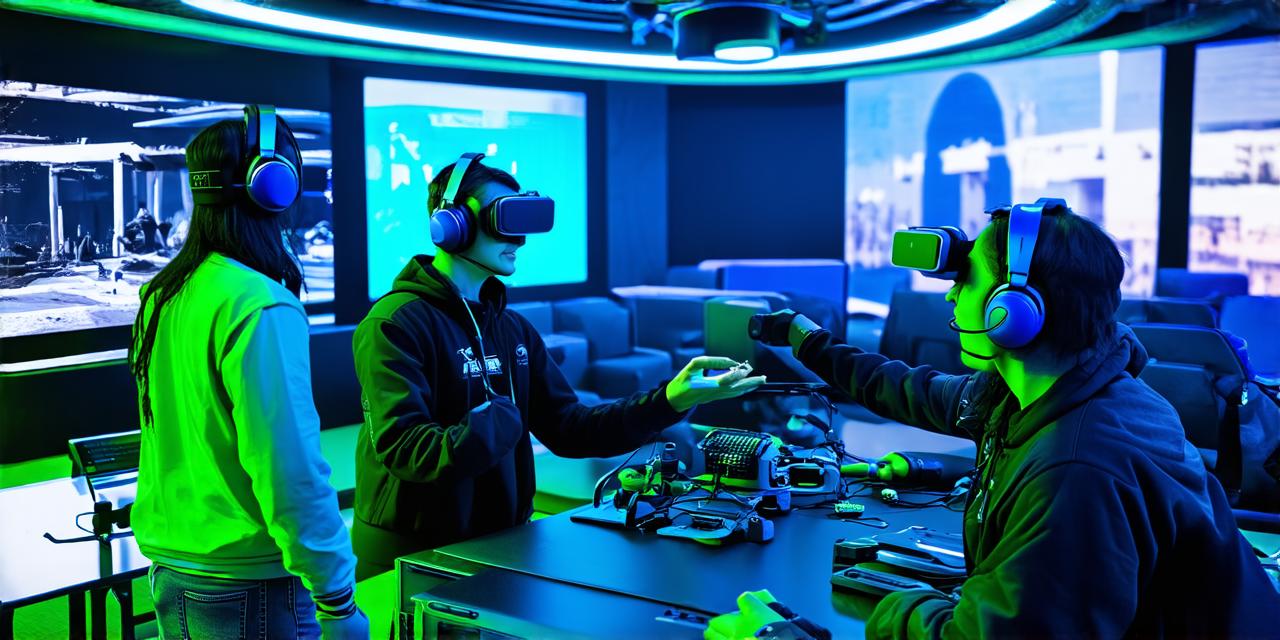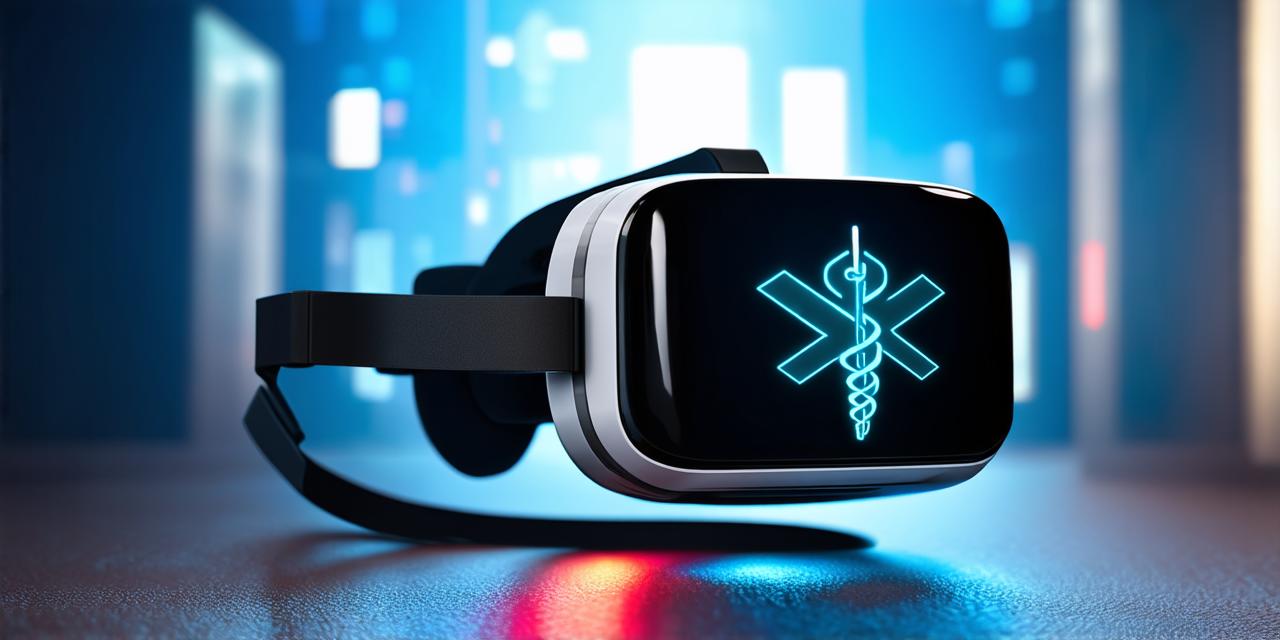Virtual reality (VR) technology is transforming the way we experience the world around us. From gaming to training, VR has shown its potential in various fields, including education.
In this article, we will explore why virtual reality can improve teaching methods and how it can benefit AR developers.
One of the most significant advantages of using virtual reality in education is its ability to create an immersive learning experience. Students can step into a virtual world and interact with it as if they were really there, providing them with a unique opportunity to learn and engage with the material in a whole new way.
This can lead to better retention of information and improved engagement in the classroom.
Virtual reality can also help students develop important skills that are essential for success in the 21st century. For example, virtual simulations can be used to teach problem-solving, collaboration, communication, and critical thinking.
These skills are transferable across all areas of life and can help students succeed in their future careers.
Another advantage of using VR in education is its ability to personalize learning. With virtual reality, teachers can create customized learning experiences that cater to the individual needs of each student.
This can be particularly helpful for students who learn differently or have different learning speeds. By providing a personalized learning experience, students are more likely to engage with the material and retain information better.
Virtual reality also offers an opportunity for experiential learning. Students can take virtual field trips to different parts of the world or explore historical events in a way that was previously impossible.
This type of learning can help students gain a deeper understanding of the material and make connections between their learning and the real world.
For instance, history students can virtually visit ancient civilizations or archaeological sites, giving them an immersive experience that enhances their understanding of history.

One example of how virtual reality is being used in education is through simulations. Medical students, for instance, can use VR to simulate surgeries and other medical procedures, allowing them to practice their skills in a safe environment before working with real patients.
This type of training has been shown to be effective in improving surgical outcomes and reducing the risk of errors.
Virtual reality can also be used to teach language and cultural skills. For example, students can use VR simulations to practice conversing with native speakers from different countries, helping them to improve their language skills and gain a better understanding of different cultures.
This type of learning experience enhances the student’s ability to communicate with people from diverse backgrounds, which is essential in today’s globalized world.
In addition to these benefits, virtual reality can also help reduce costs in education. By creating virtual simulations instead of expensive field trips or equipment, schools can save money while still providing students with a high-quality learning experience.
This means that schools can allocate their budgets towards other essential resources like books, teacher training, and extracurricular activities.
Overall, virtual reality has the potential to revolutionize teaching methods and improve student outcomes. It offers an immersive learning experience, personalized learning, and experiential learning opportunities that are not possible with traditional teaching methods.
Virtual reality also allows for cost savings, making it an attractive option for schools looking to provide a high-quality education while keeping costs down.
As AR developers, we can use this technology to create innovative and effective educational tools that support student success in the 21st century.
In conclusion, virtual reality technology has the potential to transform teaching methods and improve student outcomes. It offers an immersive learning experience, personalized learning, and experiential learning opportunities that are not possible with traditional teaching methods.
Virtual reality also allows for cost savings, making it an attractive option for schools looking to provide a high-quality education while keeping costs down.
As AR developers, we can use this technology to create innovative and effective educational tools that support student success in the 21st century.




